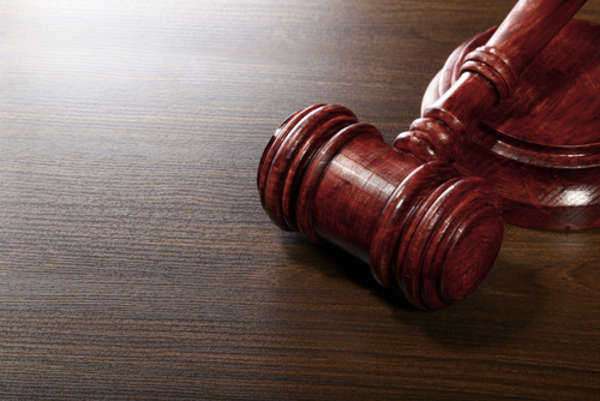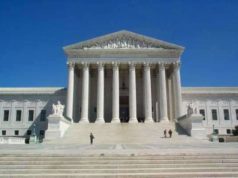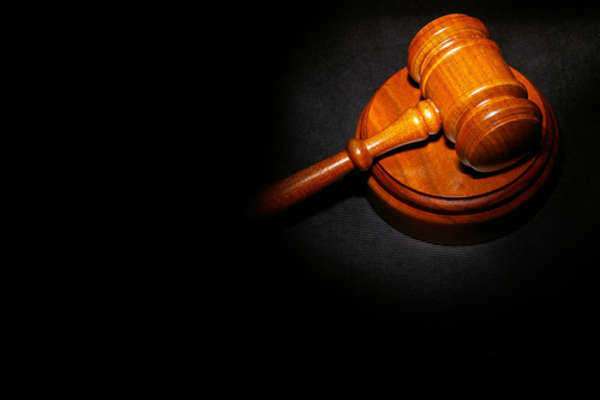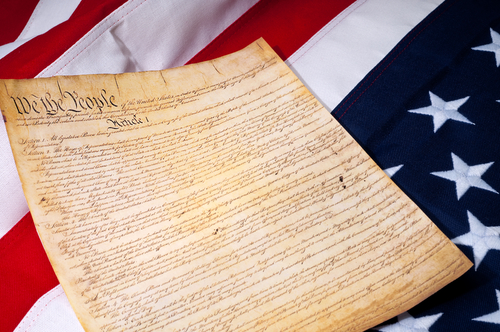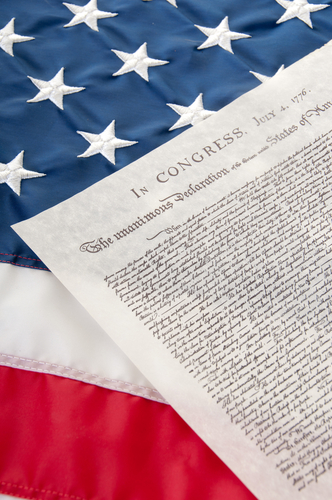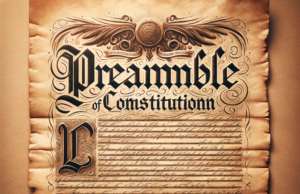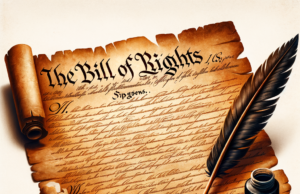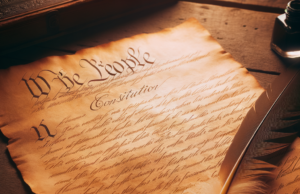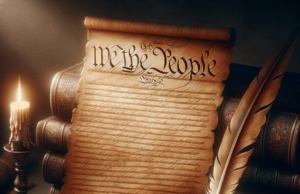
The 12th Amendment of the United States Constitution:
The 12th Amendment of the United States Constitution was ratified on June 15, 1804, and it modified the way in which the President and Vice President of the United States were elected. Prior to the 12th Amendment, the electoral system of the United States was quite different from the one that we know today. This article will explore the background of the 12th Amendment, its meaning, and how it has affected presidential elections in the United States since its ratification.
Background:
The electoral system of the United States, as established by the US Constitution, originally called for the electors to cast two votes for President. The candidate who received the most votes would become the President, and the candidate with the second-highest number of votes would become the Vice President. This meant that there was no direct election of the Vice President by the people, and that it was possible for members of different parties to end up holding the two highest offices in the land.
This system, though workable during the early years of the Republic, began to break down during the late 18th and early 19th centuries as the country became increasingly polarized along political and ideological lines. In the election of 1800, for example, Thomas Jefferson and his running mate Aaron Burr both received 73 electoral votes, leading to a constitutional crisis when the House of Representatives had to resolve the tie.
Meaning:
The 12th Amendment was introduced to address this issue by requiring electors to vote separately for President and Vice President. In effect, this meant that Vice Presidents would now be elected directly by the people in the same way as Presidents, and that it would be impossible for rival candidates to serve as President and Vice President at the same time.
The Amendment reads as follows:
“The Electors shall meet in their respective States and vote by Ballot for President and Vice-President, one of whom, at least, shall not be an Inhabitant of the same State with themselves; they shall name in their Ballots the Person voted for as President, and in distinct Ballots the Person voted for as Vice-President, and they shall make distinct Lists of all Persons voted for as President, and of all Persons voted for as Vice-President, and of the Number of Votes for each, which Lists they shall sign and certify, and transmit sealed to the Seat of the Government of the United States, directed to the President of the Senate;–The President of the Senate shall, in the Presence of the Senate and House of Representatives, open all the Certificates, and the Votes shall then be counted. The Person having the greatest Number of Votes for President, shall be the President, if such Number be a Majority of the whole Number of Electors appointed; and if no Person have such Majority, then from the Persons having the highest Numbers not exceeding three on the List of those voted for as President, the House of Representatives shall choose immediately, by Ballot, the President. But in choosing the President, the Votes shall be taken by States, the Representation from each State having one Vote; A quorum for this Purpose shall consist of a Member or Members from two-thirds of the States, and a Majority of all the States shall be necessary to a Choice. And if the House of Representatives shall not choose a President whenever the right of choice shall devolve upon them, before the fourth day of March next following, then the Vice-President shall act as President, as in the case of the death or other constitutional disability of the President.”
Effect:
Since its ratification, the 12th Amendment has been in effect for every presidential election in the United States. It resulted in significant changes to how the President and Vice President of the United States are elected, and it addressed many of the issues that had arisen under the previous system. The Amendment also clarified the roles and responsibilities of electors, both in terms of the process by which they select the President and Vice President, and in terms of the certification and transmission of their votes.
In conclusion, the 12th Amendment of the United States Constitution significantly modified the way in which the President and Vice President of the United States were elected. Today, more than two centuries after its ratification, the Amendment continues to play an essential role in shaping the political landscape of the United States.
The Twelfth Constitutional Amendment provides for one of the most important provisions in the United States Constitution, and is one of the Amendments that would change how the United States Government would be shaped and select its leaders. The Twelfth Amendment was introduced by Congress on December 9th, 1803, and ratified by the states on June 15th, 1804. This ConstitutionalAmendment would provide for the process in which the President andVice-President of the United States would be elected, creating what is now. known as the Electoral College.
Though there was already a procedure in placeto elect the President and Vice-President, the original proved to have somefallacies which were made apparent in the 1796 and 1800 elections. Prior to the inclusion of the TwelfthConstitutional Amendment, the procedure called for each elector to cast twovotes and those two votes could not be for two people within the State ofresidency of said elector. If one person received the majority of votes, thatperson would win the election. If more than one would receive the majority ofvotes, it would be up to the House of Representatives to choose one of those individuals to become President.
If no majority could be determined, the Housewould choose from five individuals with the most electoral votes. TheVice-President would be chosen by appointing the person with the second highestnumber of electoral votes with the position. The majorityof votes was not required for becoming Vice-President. If there was a tie forsecond place, the Senate would appoint the Vice-President, with each membercasting a vote. However, it was never included in the Constitution whether ornot the current Vice-President could cast a vote that could render atie-breaking decision. Under this system, the 1796 election resulted in having a President, John Adams, member of the Federalist Party, and ThomasJefferson, a member of the Democratic-Republican Party, being electedVice-President.
This occurred because members of the Federalist Party decidedto use their second vote and disperse it among various candidates, whichallowed for Jefferson to garner the second most electoral votes, thus beingappointed to the position. In havingtwo different party members elected to the President and Vice-Presidentpositions, the inherent differences in political agendas and philosophies wouldultimately clash, thus making it extremely difficult to work together. The 1800election posed another problem with the original procedure, where a tie couldpotentially always occur if the Electoral College voted in accordance to theirpolitical party affiliation. This would result in the House of Representativesundertaking multiple ballots to determine a President. With the introduction of the Twelfth Constitutional Amendment , a new system would be implemented regarding thecasting of votes. The actual structure of the Electoral College would not change, however.
Instead of casting two votes for Presidential candidate, thenew Amendment required two distinct votes, one for President and the other forVice President. A majority of electoral votes was still required to be electedto either office or position. In the event that there was no majority, theHouse of Representatives would choose a President under the guidelines of theoriginal procedure. The only difference under the Twelfth Constitutional Amendment is that the House would choose among three of the people receiving the most electoral votes, rather than the five prescribed in the original process.
The Senate would choose aVice President in the case of no majority, among the two having the most votes.If in the case that there are multiple individuals in a tie for second place,they would also be considered. A newprocedure introduced by the new Amendment was the requirement of a two-thirds quorumfor balloting procedures. It also provided that if no decision could be reachedfor a President by March 4th, the first day of the Presidential term, then theelected Vice-President would act as the President. However, the Presidency termdate would be eventually revised and changed to January 20th. If no Presidentor Vice-President were to be elected upon that date, Congress would appoint aPresident, which would meet the necessary qualifications to take that position.

